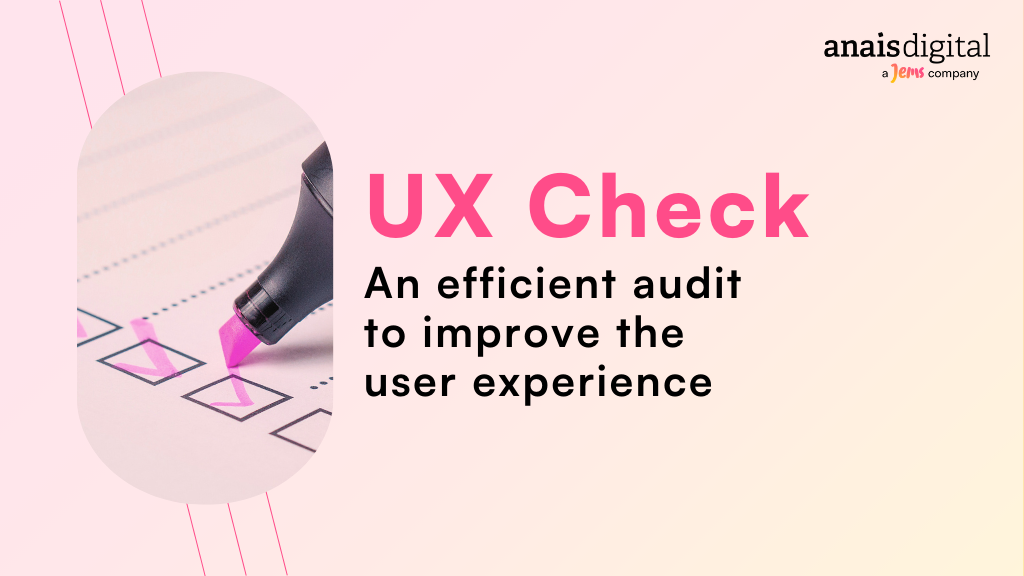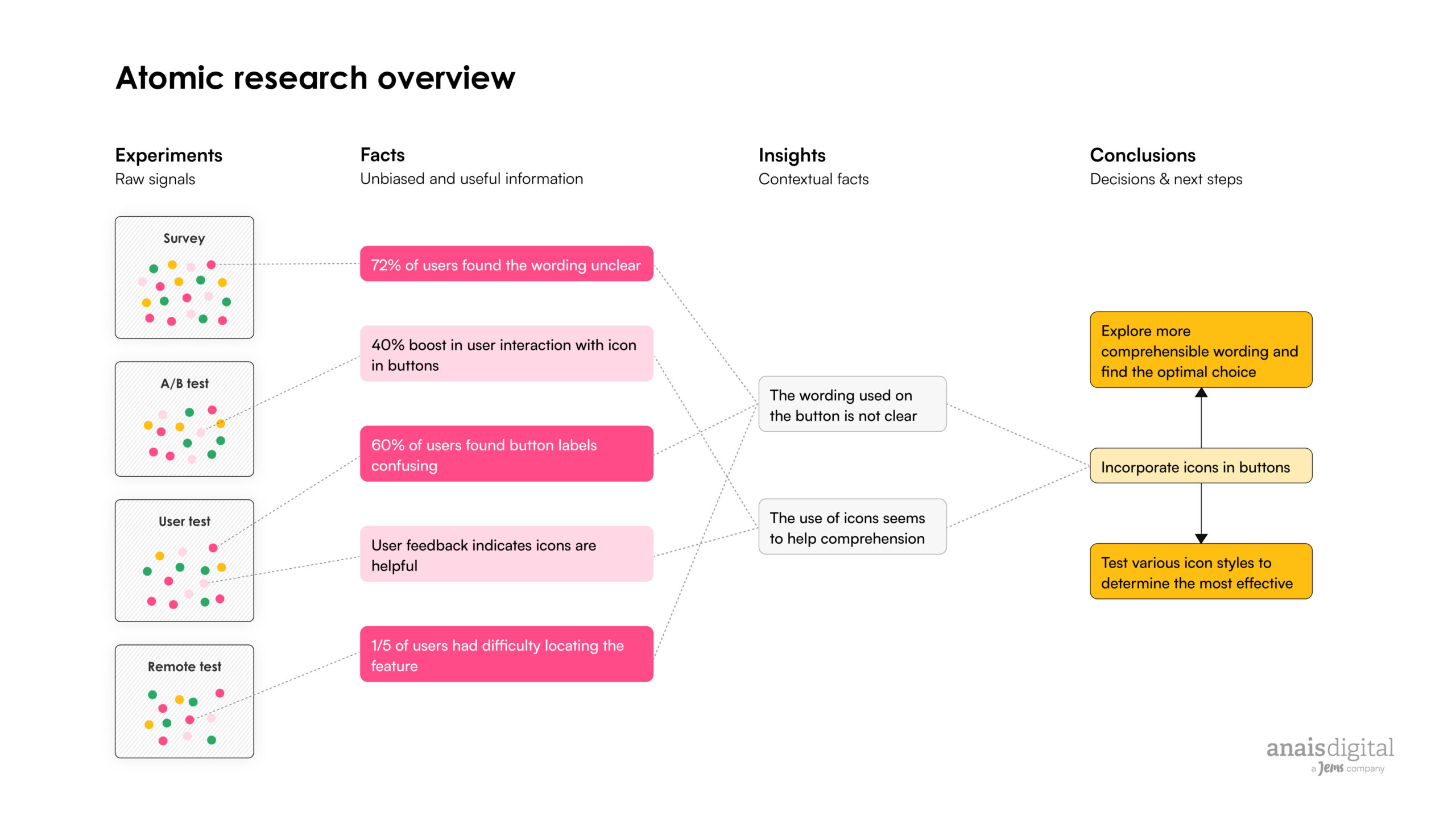
In 2024, User Experience (UX) is rapidly evolving, driven by technological advancements, changing user expectations, and the need for businesses to stay competitive. The integration of artificial intelligence (AI) and augmented reality (AR) is creating immersive experiences, while AI algorithms enhance personalization at scale. The adoption of touchless experiences for customer convenience and the shift towards inclusive and sustainable design practices are also key trends.
AI’s influence on UX design is transforming the field, offering new opportunities and challenges as AI-powered tools and widespread AI adoption reshape the landscape. This rapid evolution is crucial for designers to stay ahead of the curve, embrace innovation, and develop user-centric products that meet the dynamic needs of users in a digital world.
Against this backdrop, our team of UX experts has gathered the top UX statistics you need to know in 2024.
Top UX Trends in 2024
- 77% of brands believe customer experience is a key competitive differentiator. (Source : Maze)
- 90% of marketing experts agree that personalization significantly increases business profitability. (Source : Maze)
- Personalized UX can increase sales by 20%. (Source : Enozom)
- Data-driven organizations are 23x more likely to acquire new customers and 19x more likely to be profitable. (Source : Maze)
- AI-driven UX personalization increases customer engagement by 30%. (Source : Enozom)
- The average large e-commerce site can increase its conversion rate by 35.26% by redesigning its checkout process. 17% of online shoppers have recently abandoned an order solely due to difficult checkout. (Source : Baymard Institute)
- 88% of consumers won’t return after a bad experience. (Source : Enozom)
- 70% of internet usage is on mobile devices, but 96% of users have come across sites that weren’t optimized for mobile. (Source : Embryo)
User Experience Statistics
- 65% of website visitors would refuse to fill out a form if it asked for too much personal info. (Source: KoMarketing)
- Internet users are 279.64 times more likely to climb Mt. Everest than click on a banner ad. (Source: themeum)
- 94% of people don’t trust outdated websites. (Source: YouGov)
- Only 55% of businesses conduct UX testing. (Source: Skyhook)
- Every $1 invested in UX results in a return of $100. (Source: Forrester)
- User experience statistics show that if a website takes more than three seconds to load, 40% of the people will leave that site. (Source : Baymard Institute)
- User experience statistics show that 39% will stop engaging with a website when images won’t load or the loading time is too slow. (Source : Baymard Institute)
- User experience statistics show that only 1% of users say e-commerce websites meet their expectations on every visit. (Source : Baymard Institute)
Mobile UX Stats
- Mobile UX Stats show that over half of global web traffic comes from mobile devices, and 80% of all internet users own a smartphone. (Source : Baymard Institute)
- Mobile UX Stats show that creating a positive user experience for mobile users is incredibly important, as 74% of mobile users say they’re more likely to revisit mobile-friendly websites. (Source : Baymard Institute)
- Mobile UX Stats show that 52% of users said a bad mobile experience made them less likely to engage with a company. (Source: Urban Menu)
- Mobile UX Stats show that 45% of users expect content to display correctly across different devices. (Source: Adobe via Slideshare)
- Mobile UX Stats show that 74% of visitors are likely to come back to your site if it has good mobile UX. (Source: WebFX)
- Mobile UX Stats show that 90% of smartphone users say they’re more likely to keep shopping if they’re having a great user experience. (Source: Topal)
- Mobile UX Stats show that 67% of mobile users say they’d rather reward a mobile-friendly site by buying a product or service there than from one of its competitors. (Source: Think with Google)
- Mobile UX Stats show that if a website isn’t mobile-friendly, 50% of users will use it less even if they like the business. (Source: Think with Google)
- Mobile UX Stats show that 52% of users said they’re less likely to engage with a company that doesn’t use responsive mobile design. (Source: Think with Google)
- Mobile UX Stats show that 53% of the time, visitors to mobile sites leave a page that takes more than three seconds to load. (Source: Think with Google)
- Mobile UX Stats show that bad mobile optimization annoys 48% of users. (Source: Think With Google)
Mobile e-commerce UX Stats
- Mobile UX Stats show that 95% of mobile sites place ads in primary areas of the homepage that cause distraction and interaction issues. (Source : Baymard Institute)
- Mobile UX Stats show that 61% of mobile sites don’t use the correct keyboard layout (for example, a specialized numeric or email keyboard) for one or more form fields, which causes accidental typos. (Source : Baymard Institute)
- Mobile UX Stats show that 66% of mobile sites place tappable elements too close to each other, and 32% of sites have tappable elements that are too small — both of which make it difficult for users to navigate the mobile interface reliably. (Source : Baymard Institute)
Homepage UX Statistics
- Homepage UX Statistics show that 6% of sites feature a very narrow selection of product types on the homepage, which can lead to site abandonment if users don’t believe the site carries the product they’re seeking. (Source : Baymard Institute)
- Homepage UX Statistics show that 59% of websites use distracting or overly aggressive ads, pop-up banners, or overlay sign-up dialogs on the homepage that lead to negative reactions from users. (Source : Baymard Institute)
- Homepage UX Statistics 75% of sites that use an image carousel design on the homepage don’t implement it correctly, which often causes more harm than good during the shopping experience (for example, a carousel slide changing milliseconds before a user clicks, which causes the wrong page to load). (Source : Baymard Institute)
- Homepage UX Statistics show that 22% of websites don’t present the search field prominently on the homepage, which leads to problems for search-driven users or shoppers who want to use search as a fallback option during their browsing experience. (Source : Baymard Institute)
E-Commerce Product Page UX Statistics
- E-Commerce Product Page UX Statistics show that 28% of sites failed to provide users with an “In Scale” product image that helps users determine the relative size of a product. (Source : Baymard Institute)
- E-Commerce Product Page UX Statistics show that 44% of sites don’t depict included accessories alongside a product, or they provide an “Included Accessories” image but don’t make it clear that accessories aren’t included in the purchase price. (Source : Baymard Institute)
- E-Commerce Product Page UX Statistics show that 43% of websites don’t provide shipping information — including costs — on the product page, but 64% of users actively look for this information on the page they’re browsing. (Source : Baymard Institute)
- E-Commerce Product Page UX Statistics show that 10% of users abandon a site due to unsatisfactory return policies, but 42% of sites don’t display or link to return information on the product page. (Source : Baymard Institute)
- E-Commerce Product Page UX Statistics show that negative reviews, if not responded to, can have severe consequences for e-commerce sites — but 80% of the sites didn’t respond to negative reviews. (Source : Baymard Institute)
The costs of poor UX
- User experience statistics show that according to PriceWaterhouseCoopers (PWC), 32% of customers would leave a brand they loved after just one bad experience. (Source : Baymard Institute)
- 89% of consumers shop with a competitor after a poor user experience. (Source: WebFX)
- 79% of people will immediately look for another site if they don’t like what they see on the first one. (Source: Outbound Sales)
- Bounce rates increase by 123% if page loading time becomes more than one second. (Source: Think with Google)
- Slow-loading websites cost their owners $2.6 billion in losses each year. (Source: Design Resources)
- 67% of customers claim unpleasant experiences as a reason for churn. (Source: HuffPost)
- 91% of non-complainers just leave and 13% of them tell 15 more people about their bad experience. (Source: Intechnic)
- 44% of shoppers will tell their friends about a bad online experience. (Source: FinancesOnline)
- 70% of online businesses that fail do so because of bad usability. (Source: Uxeria)
- User experience statistics show that 90% of users have stopped using an app due to poor performance. (Source : Baymard Institute)
Conversion-focused UX statistics
- Good UI can raise your website’s conversion rate by 200% (Source: Forrester)
- Better UX design can increase conversions by up to 400%. (Source: Forrester)
- A one-second delay in page response results in a 7% reduction in conversions. (Source: Small SEO Tools)
- Conversion rates can increase by 138% when using video backgrounds on websites. (Source: Food Blogger Pro)
Sales-focused UX statistics
- 74% of businesses say user experience is vital for boosting sales. (Source: Econsultancy)
- 80% of internet users are willing to pay extra for a good user experience. (Source: Outbound Sales)
- Brands with superior customer experience bring in 5.7 times more revenue than competitors that lag in customer experience. (Source: Forbes)
- Businesses lose 35% of sales due to bad UX. (Source: Amazon Web Services)
- A 0.1-second site speed improvement leads to better sales. (Source: Deloitte)
- Up to 80% of potential customers could be lost because a business does not have a website. (Source: Blue Corona)
Conclusion
In 2024, the UX landscape is swiftly evolving, driven by transformative trends essential for any company or institution committed to delivering exceptional digital experiences.
From AI-driven personalization to immersive AR interactions, the future is now, and it’s user-centric, AI-powered, and data-driven.
At Anais Digital, we’re at the forefront of these innovation, leveraging the latest technologies and trends in UX. We’re not just keeping pace; we’re setting new standards for user interaction and engagement.
Don’t let your business or digital product fall behind.
At Anais Digital, we’re here to help you enhance your digital products and leverage the latest UX trends to their fullest potential.
Whether you’re updating your current UX design or creating new solutions from scratch, our team of UX/UI experts, designers and developers is ready to assist you.









